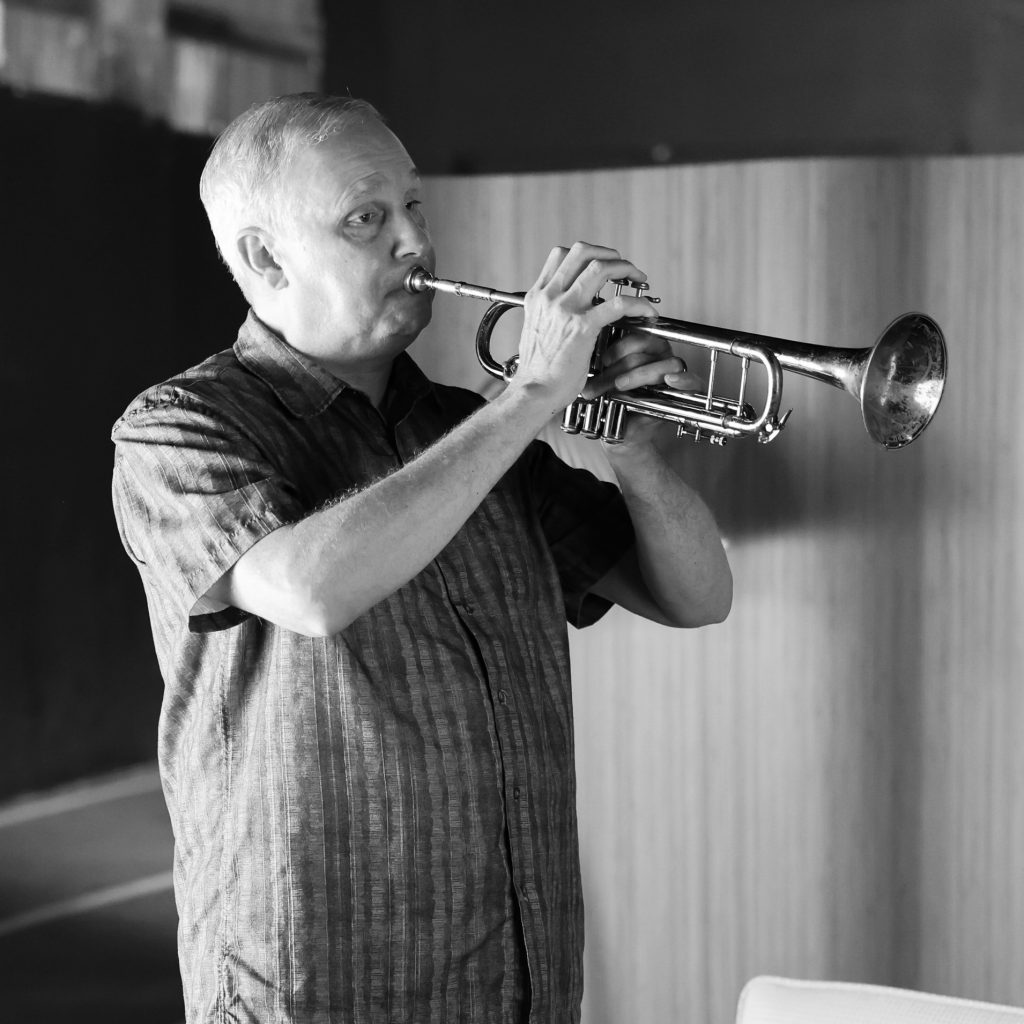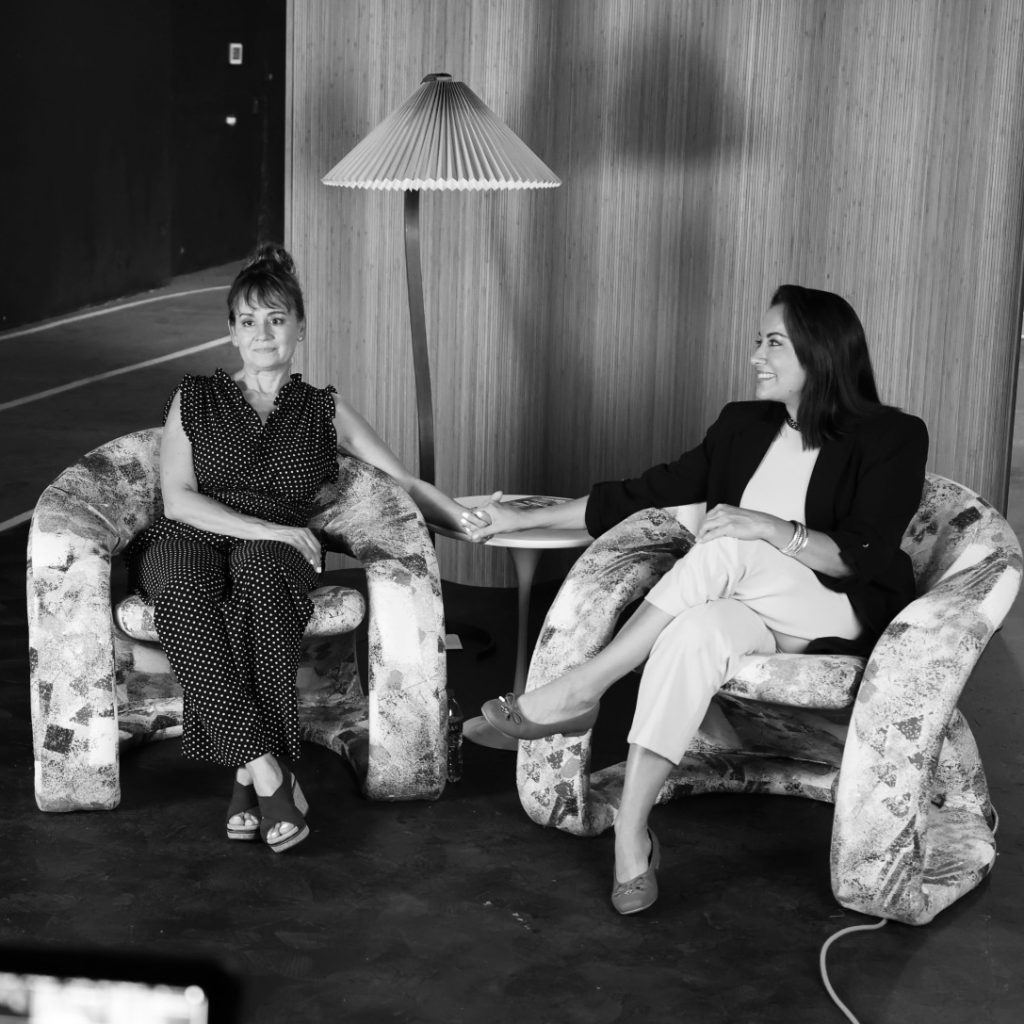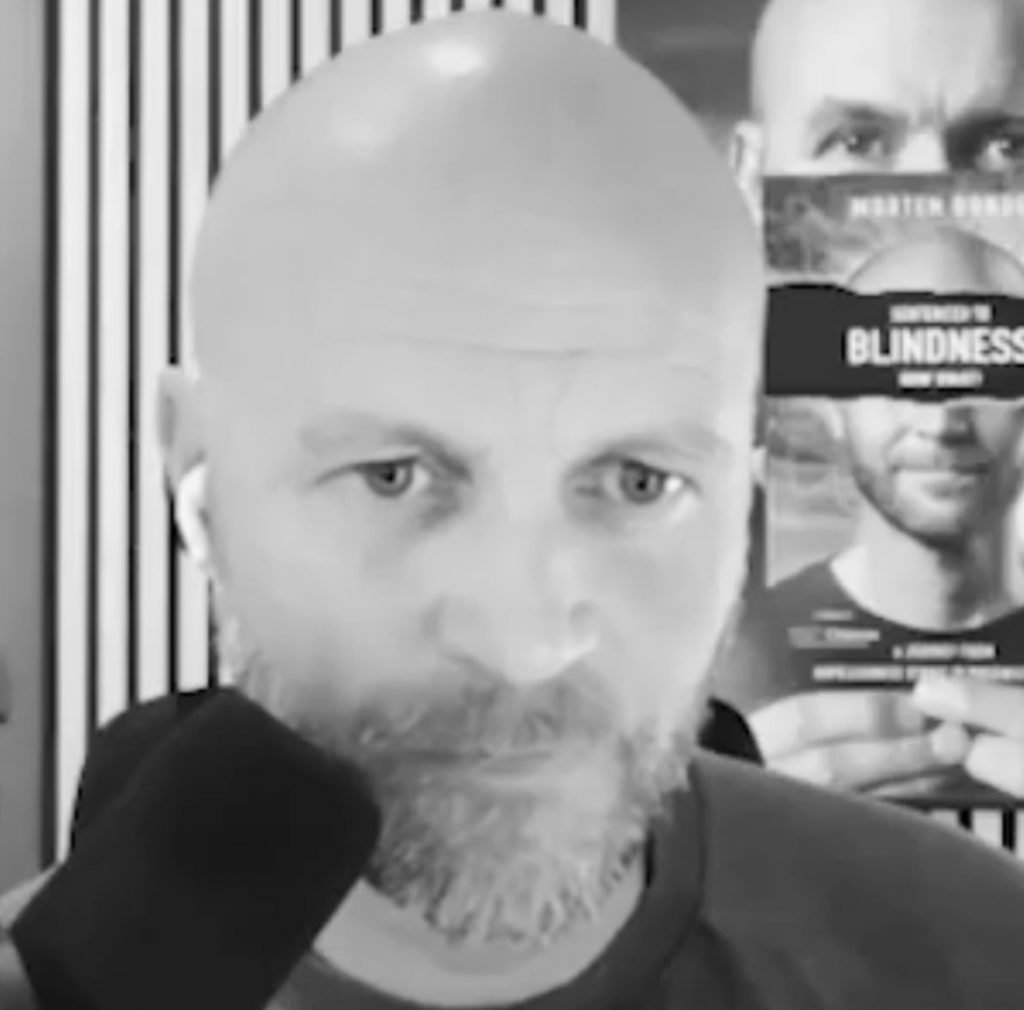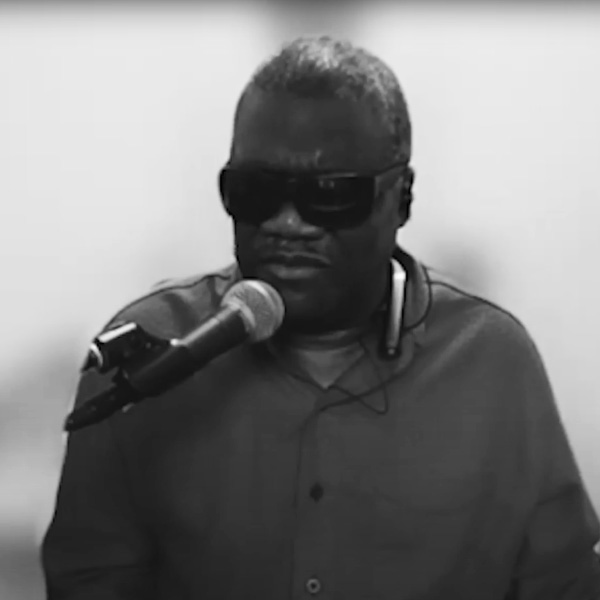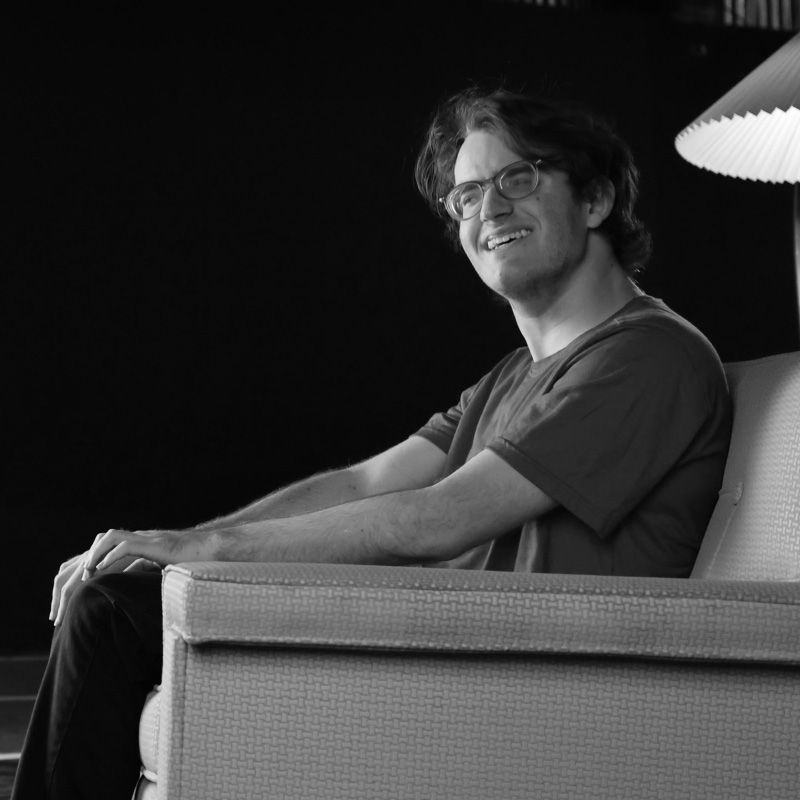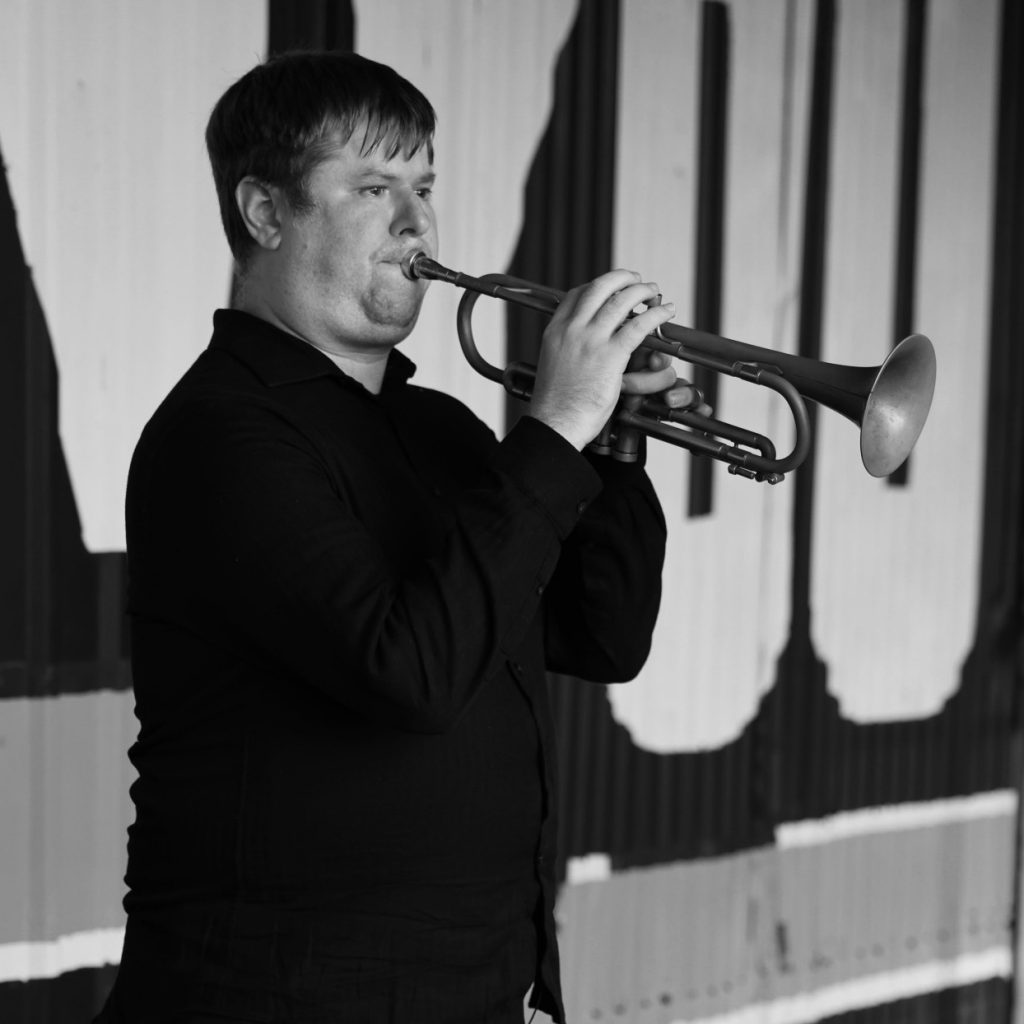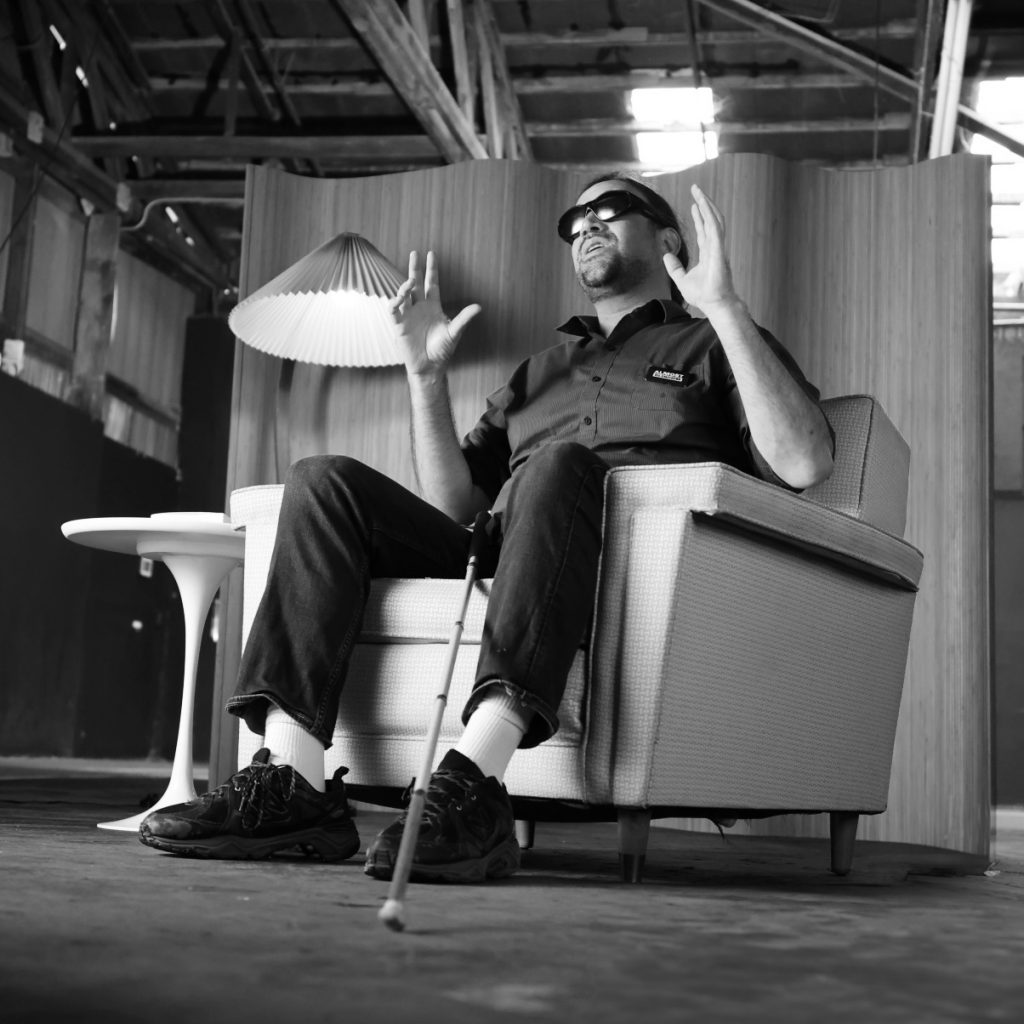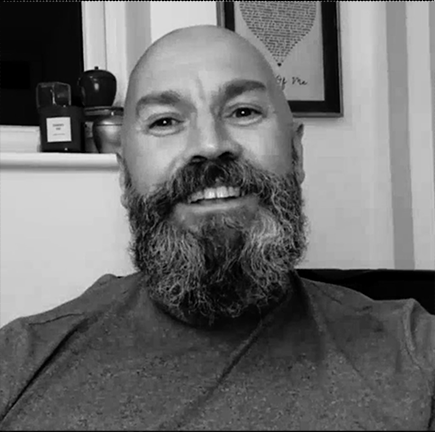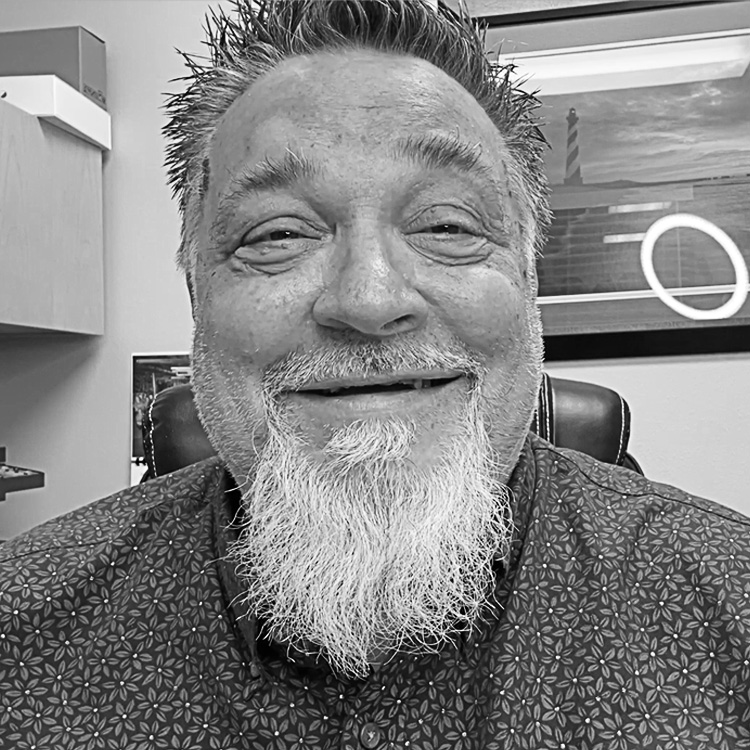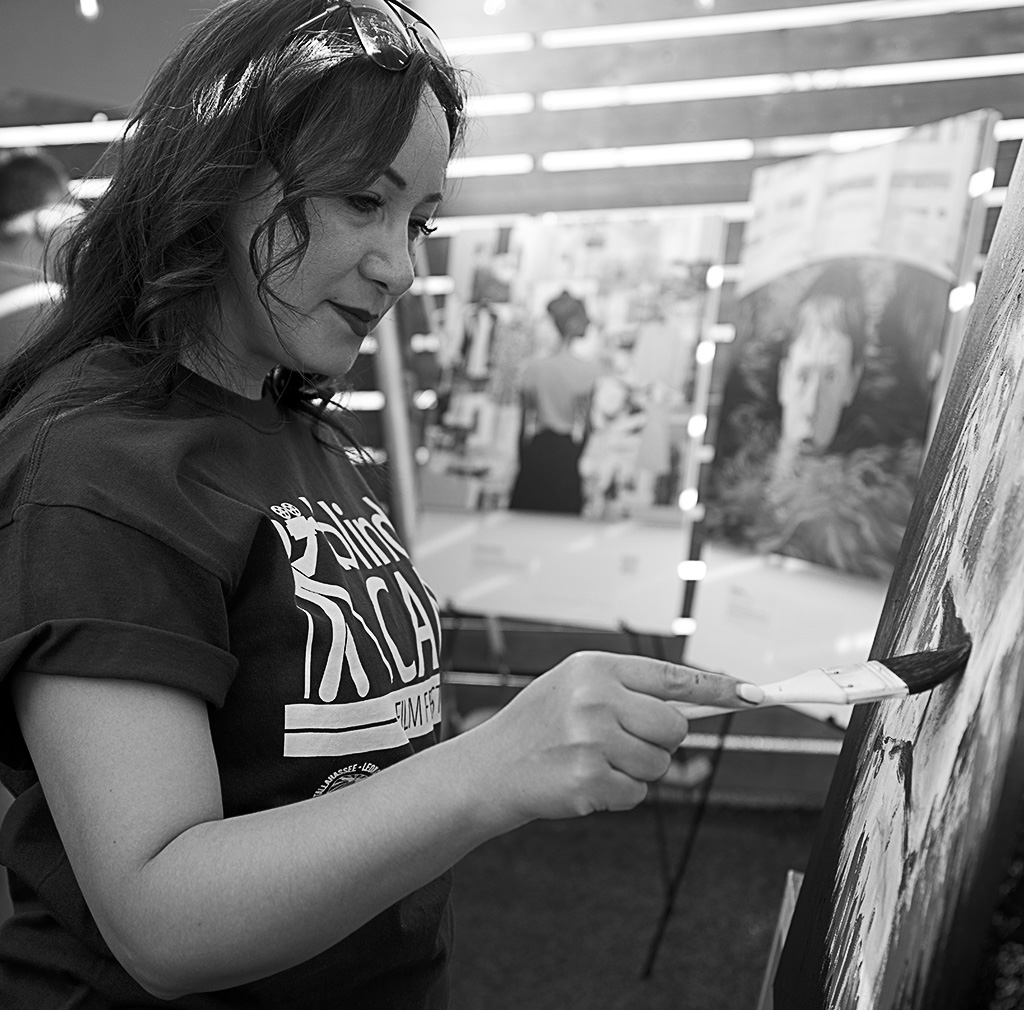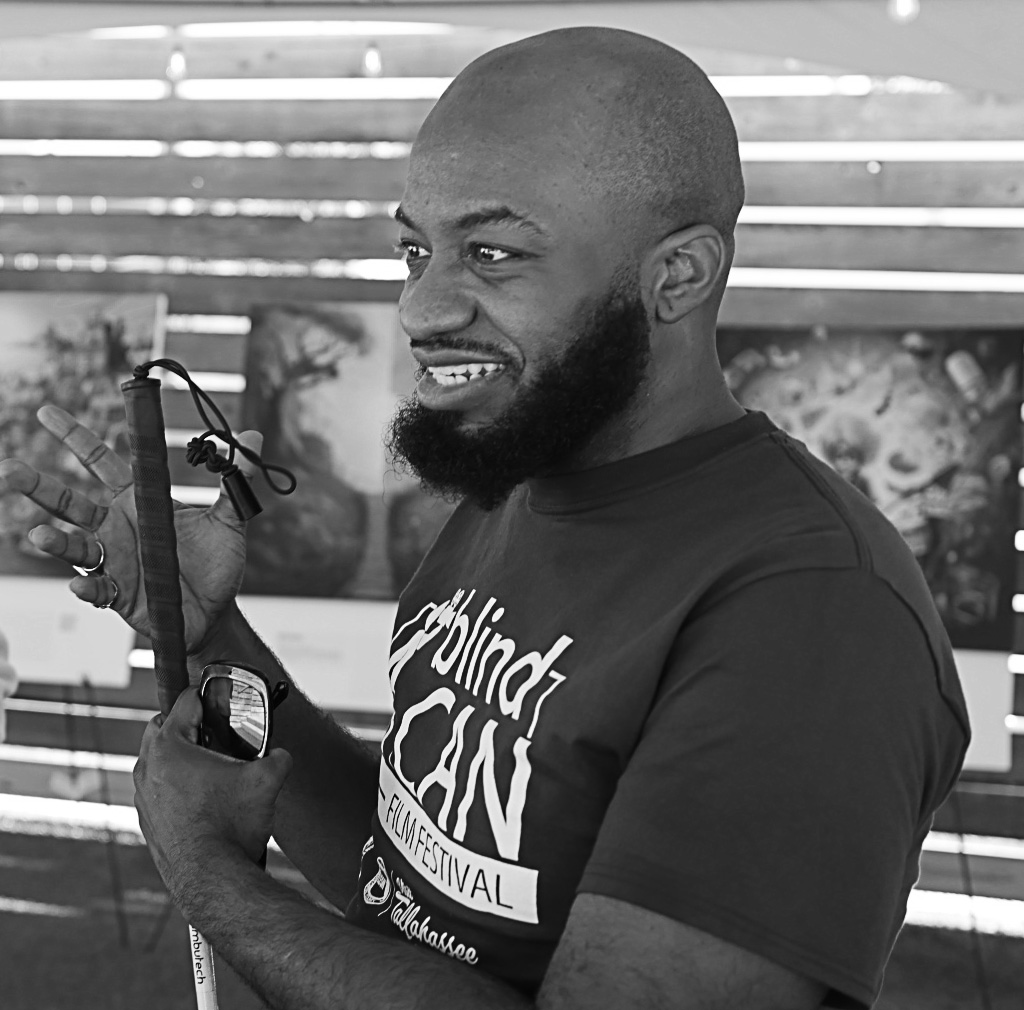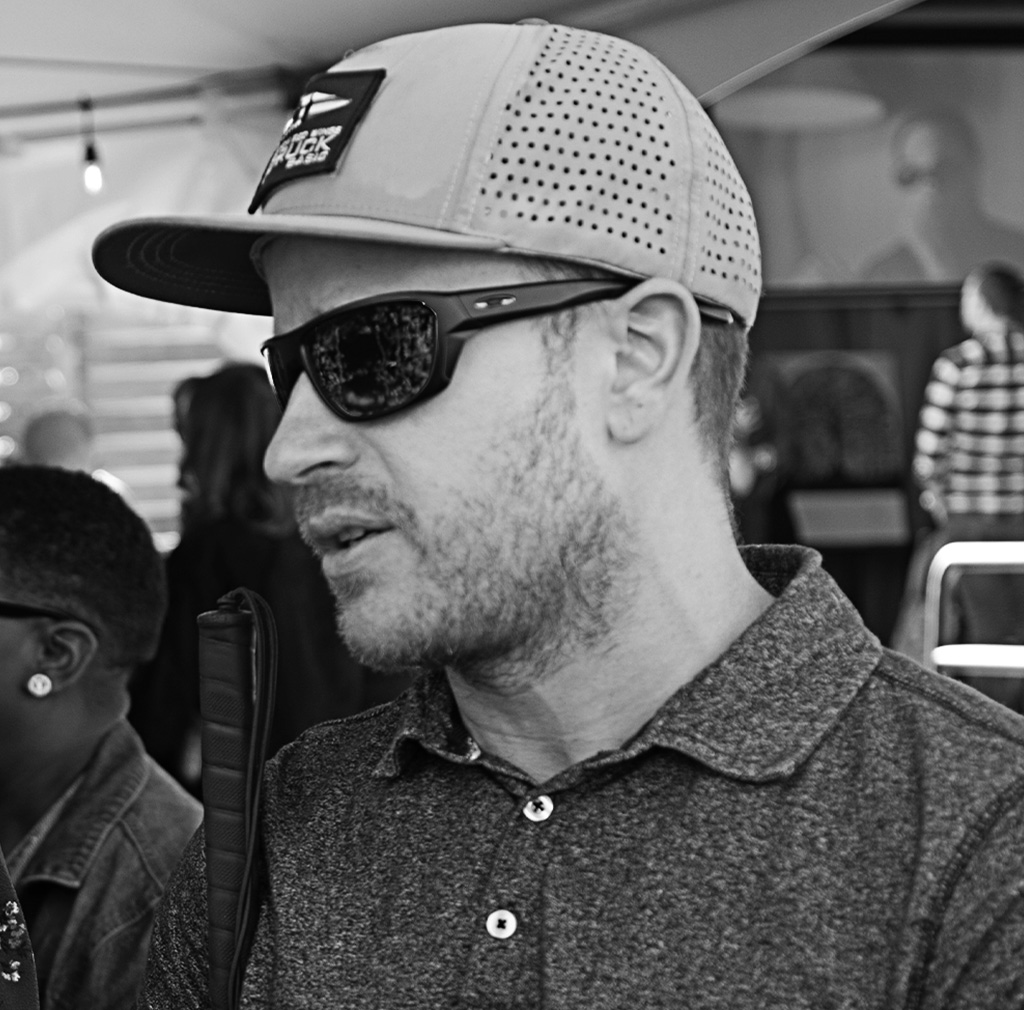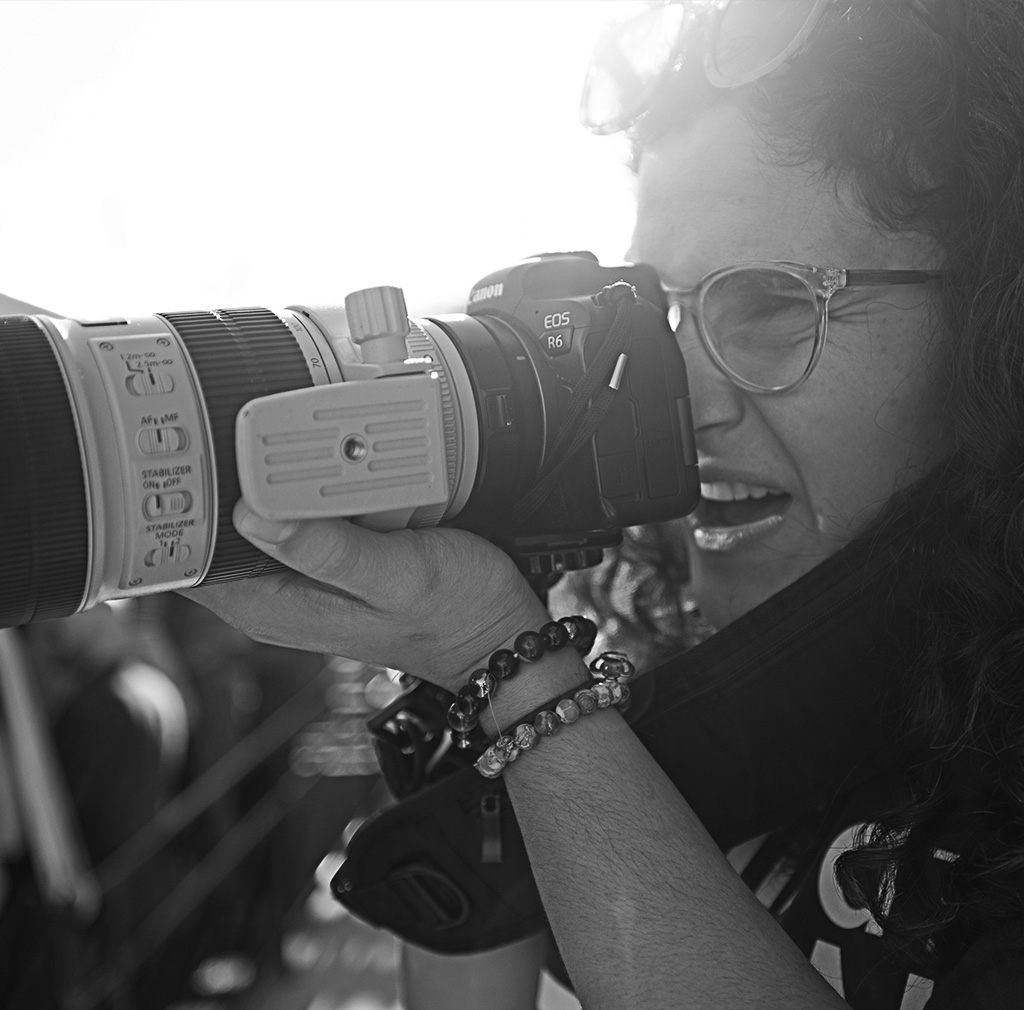BEN FOX

WALK THROUGH FEAR
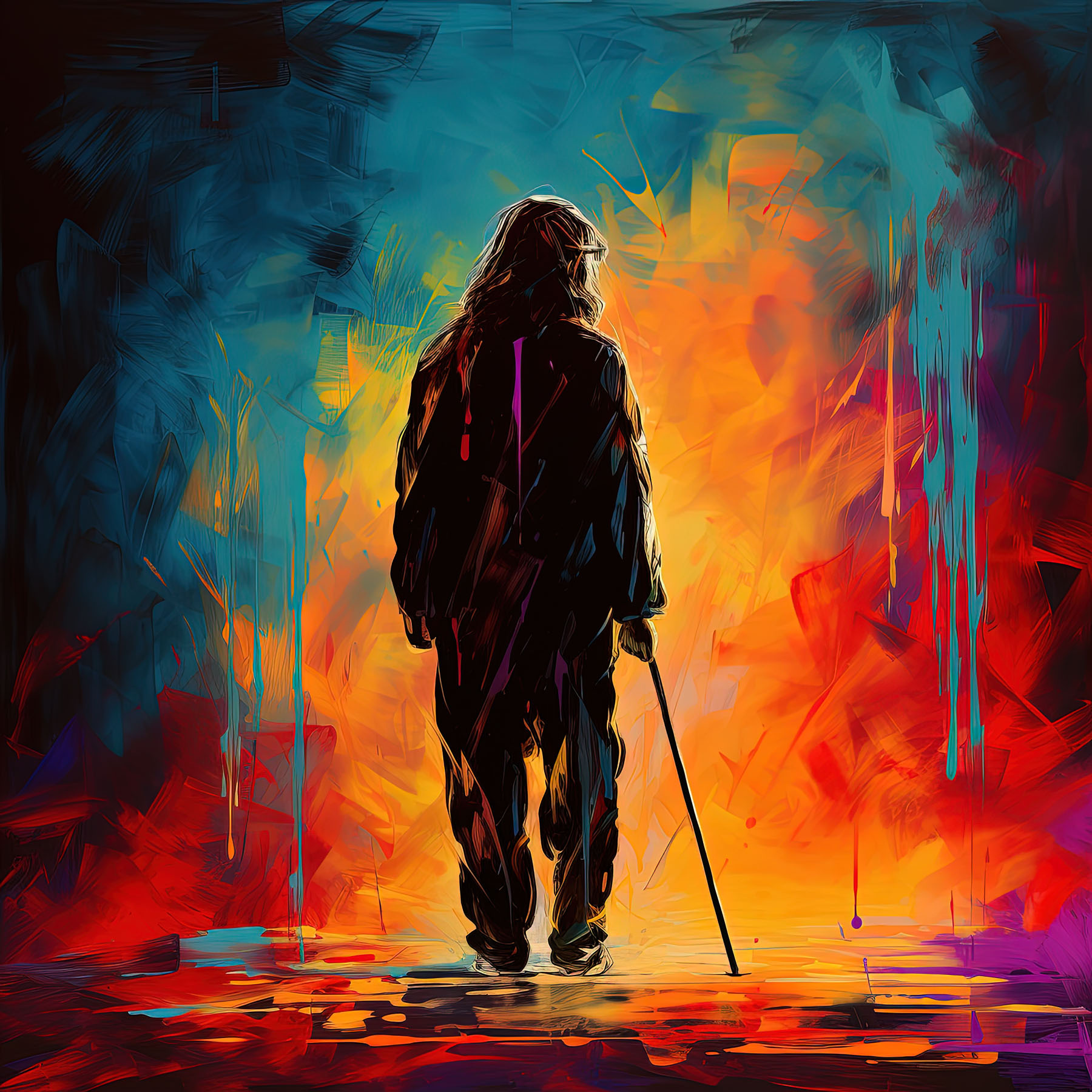
Foundational quote for image generation:
“… when you walk through the fear, you are the only thing that is left.”
This image depicts the silhouette of a man (representing Ben Fox) walking into a vibrant abstract world of color. The man wears a long coat and has long, flowing hair. They hold a white cane in their right hand. In front of the man, there is a vibrant explosion of colors, primarily composed of deep blues, fiery reds, and glowing oranges.
The strokes are dynamic and emotive, with the blues more concentrated in the upper regions and the warmer hues dominating the bottom. These colors seem to clash, compete, and blend simultaneously, creating a chaotic yet beautiful dance around the individual. Drips of paint, looking almost like rain, stream down from the top. The ground beneath the figure’s feet appears wet, reflecting the intense colors above.
The figure’s posture, facing away from the viewer, could be taken as a symbol of introspection, a personal journey that others might not fully understand. The reflective ground signifies reflection, both literally and metaphorically. As one processes the diagnosis, there are moments of self-reflection, where one looks back at the past and contemplates the future.
Ben’s White Cane emphasizes the challenges faced daily, and acts as a symbol of resilience, adaptation, and freedom as he confidently faces the realities of his condition. The vibrant yet chaotic colors surrounding Ben symbolize the overwhelming emotions and experiences one feels when diagnosed with a disease that causes blindness.
Amidst the chaos, there’s also a sense of beauty, resilience, and strength, highlighting the human spirit’s capacity to adapt and find light even in the most challenging circumstances.
CURATING HOPE
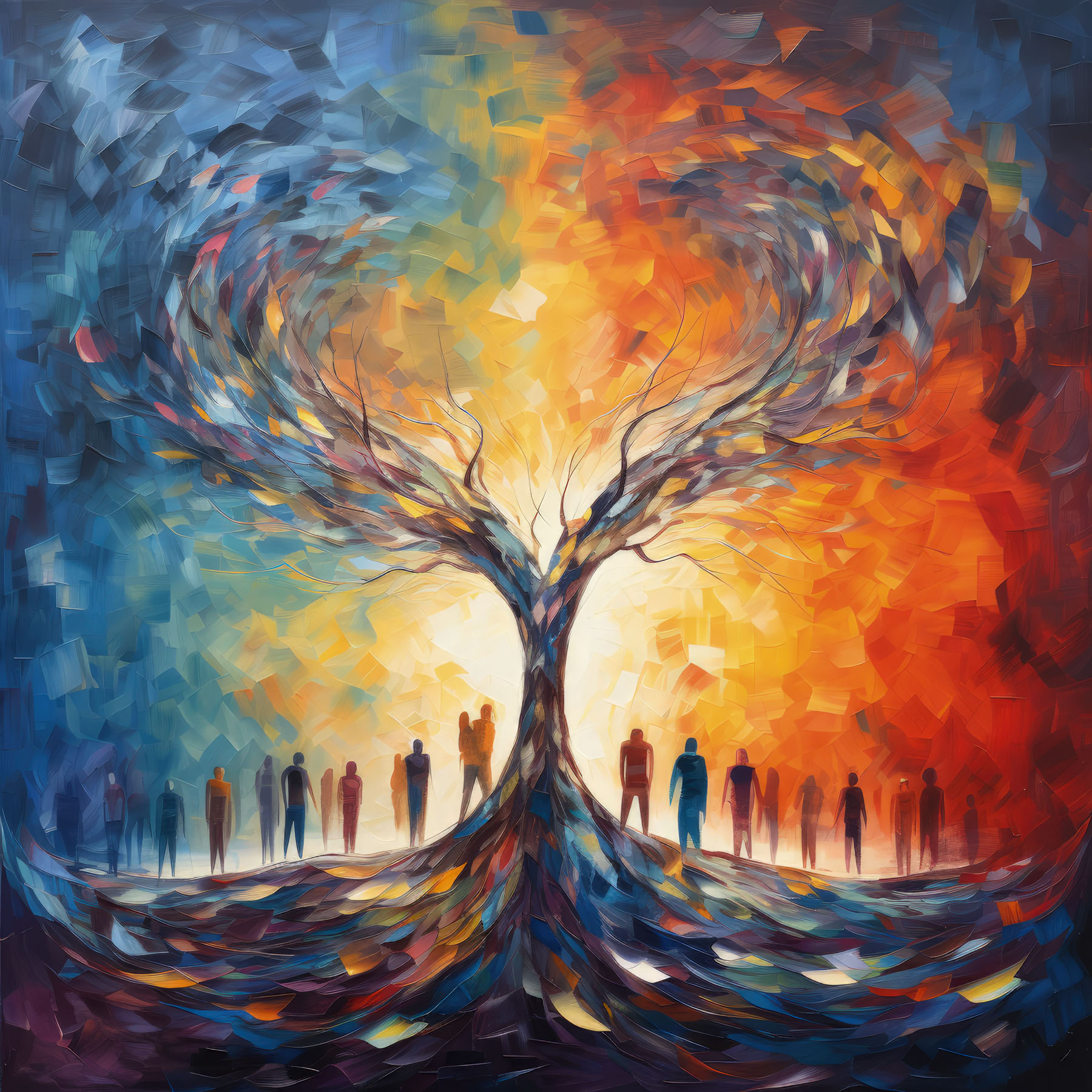
Foundational quote for image generation:
“I think it’s so important to curate hope together, to share it and to really take notice of not just what we’re doing right now, but the fact that this ability, is an opportunity to pause because there’s enough human spirit left in us that we’re willing to pause for some things still today. And I am honored to know that blindness is a cause people still pause for.”
The image features a magnificent, expansive tree as the central focal point. The branches of the tree stretch out to fill most of the canvas.
The tree is divided visually into two distinct groupings of branches; one half is depicted in cool, calming shades of blue and purple, while the other half is portrayed in warm hues of orange and yellow.
This dramatic color difference gives the impression of a split between night and day, blindness and sight. The tree’s leaves resemble shards or fragments, each painted with thick, expressive brushstrokes, creating a mosaic of color that swirls around the central trunk.
Beneath the tree, the ground is richly textured with both cool and warm colors, reflecting the duality observed in the tree’s foliage. At the base of the tree, a line of silhouetted figures stands facing the viewer.
This piece can be interpreted as a representation of the blind community and the importance of unity, support, and coming together to curate hope.
The dichotomy of the tree, with its contrasting colors, symbolizes the challenges and complexities faced by those affected by blindness. The cool side might represent the difficulties, uncertainties, and sometimes cold reception they might receive from the sighted community. In contrast, the warm side embodies the hope, warmth, and potential that emerges when individuals, communities, and organizations come together to support and uplift.
The figures standing united at the base signifies the blind community and their allies. Their collective stance beneath the tree showcases the strength and solidarity found in numbers, emphasizing that, together, they form a strong, supportive network. It underscores the importance of mentorship, guidance, and advocacy within the community.
It suggests that when the blind community comes together with those who support and understand them, they can create a foundation of hope, breaking down barriers and building a brighter, more inclusive future.
ALMOST BLINDNESS

Foundational quote for image generation:
“It’s important to talk about almost blindness, talk about people on their journey to total blindness because you’re waking up one day, you saw yesterday the thing that you’re going to trip over this morning and the way you found out that your vision dropped last night is your stubbed toe or your bloody shin.”
The image portrays a vast, swirling tunnel composed of dynamic, energetic brushstrokes. The colors transition from dark blues and blacks on the outer edges to vibrant, luminous shades of orange and yellow at the center. The brilliant center is both the focal point and the source of light in the painting. Tiny specks, possibly embers or sparks, can be observed within the whirlpool of colors, creating a sense of depth and motion.
Standing at the forefront, a silhouetted figure (representing Ben Fox) is positioned facing the radiant center. His posture is upright but slightly leaning forward, as if being drawn towards the light as the world swirls around him.
The swirling tunnel of the artwork can be symbolic of the narrowing field of vision experienced by someone with Retinitis Pigmentosa (RP)— a degenerative eye disease characterized by the progressive loss of peripheral vision.
The dark peripheries mirror the loss of side vision, while the luminous center symbolizes the remaining central vision that often persists for a longer period in those with the condition. The gradual transition from darkness to light may illustrate the slow progression of the disease.
Emotionally, the journey of an individual with RP can be laden with challenges. The solitary figure in the image stands as a representation of someone with RP, navigating their path with the condition as they grapple with the emotional and psychological impacts of the disease.
The artwork not only captures the physical manifestation of retinitis pigmentosa but also portrays the emotional landscape of those affected, symbolizing resilience, Ben’s current level of vision, and the reality of impending blindness.
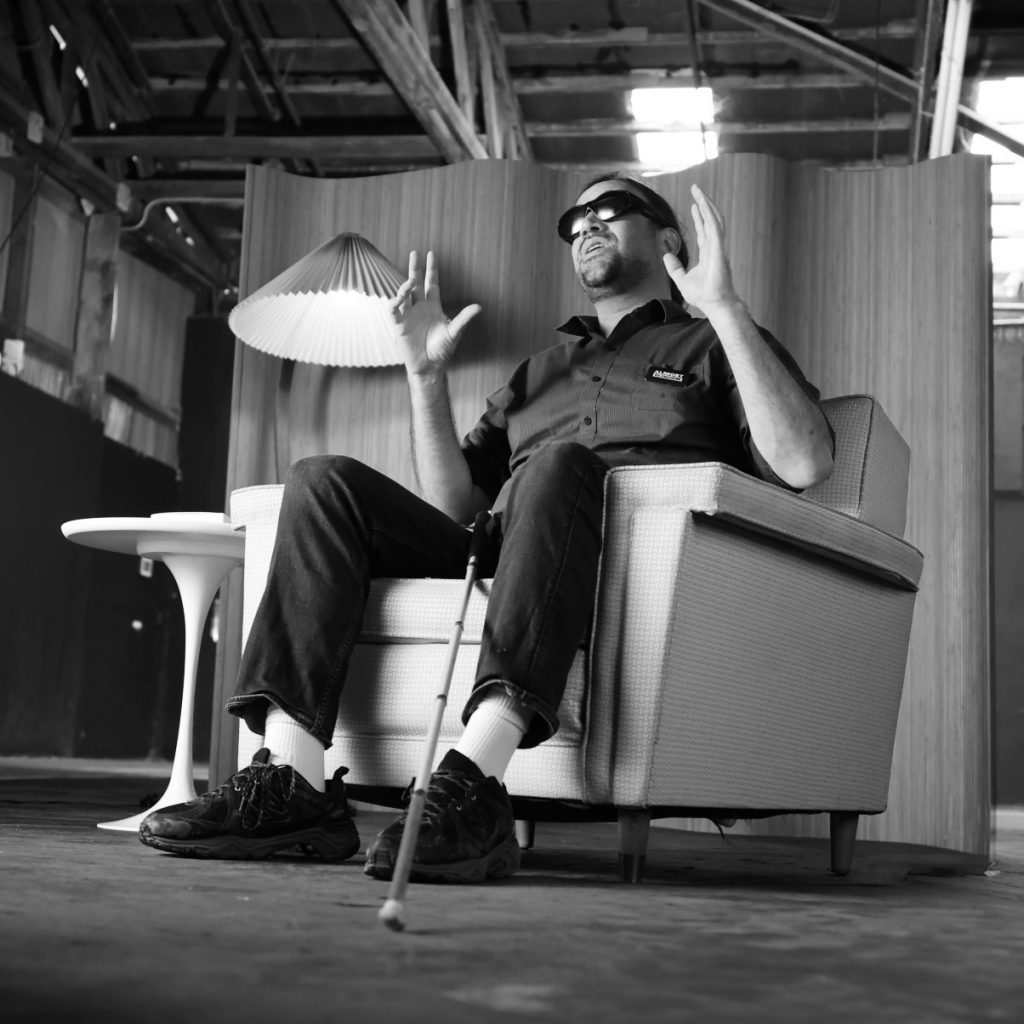
ABOUT BEN

BEN FOX / RETINITIS PIGMENTOSA
Blind Filmmaker / Community Activist / Tallahassee, FL USA
Ben Fox, the founder of the BlindCAN Film Festival, is returning to filmmaking after previously giving up on a lifelong dream.
Only a few months after being featured amongst the first class of the GEN-Y Sundance Summer workshop, and having his short film premiering at the Gen-Y Theatre during the 2001 Sundance Film Festival, Fox began a series of eye surgeries (later) diagnosed with a progressive eye condition. Fox then turned to print journalism. Fox draws much from his experience working as a city council beat reporter for a small town award winning newspaper. He also often worked with chambers of commerce for the paper. This work led to business consulting, and also opening a small business creating custom media, press releases and marketing plans.
Technology has advanced to the point where software and tools are becoming accessible to the blind and visually impaired. As such, Fox is back to filmmaking full time. He is returning to film with a flurry of shorts created over the past two years, leading up to the creation of a feature film: SUNDANCE KID, The Blind Filmmaker.
Fox has worked internationally, creating media and launching creative initiatives in both Tokyo and Mexico, in addition to collaborating with artists all over the world. He has partnered with some great teams to unite filmmakers who are blind, and they are creating a film festival specifically to show the world what the Working While Blind Film Crew can do.
Raising awareness of the blindness spectrum and helping doctors at the moment of diagnosis, Fox has created www.BlindWhatNow.com (a simple 3 minute video and 5 links to get started) with pass along cards and posters with QR codes. His current documentary film is the story of the launch of BlindWhatNow.
ARTISTS



